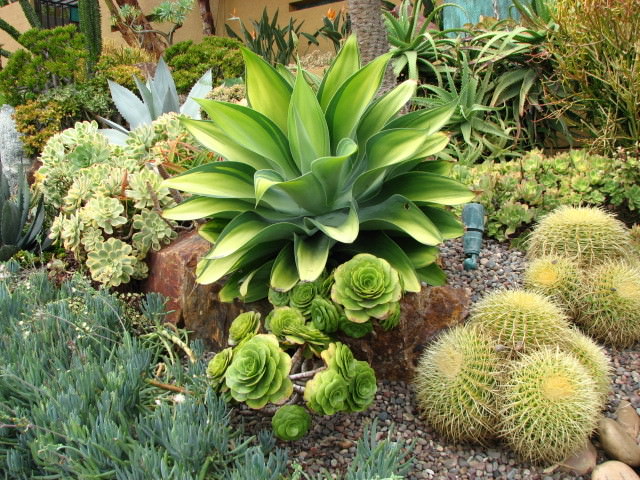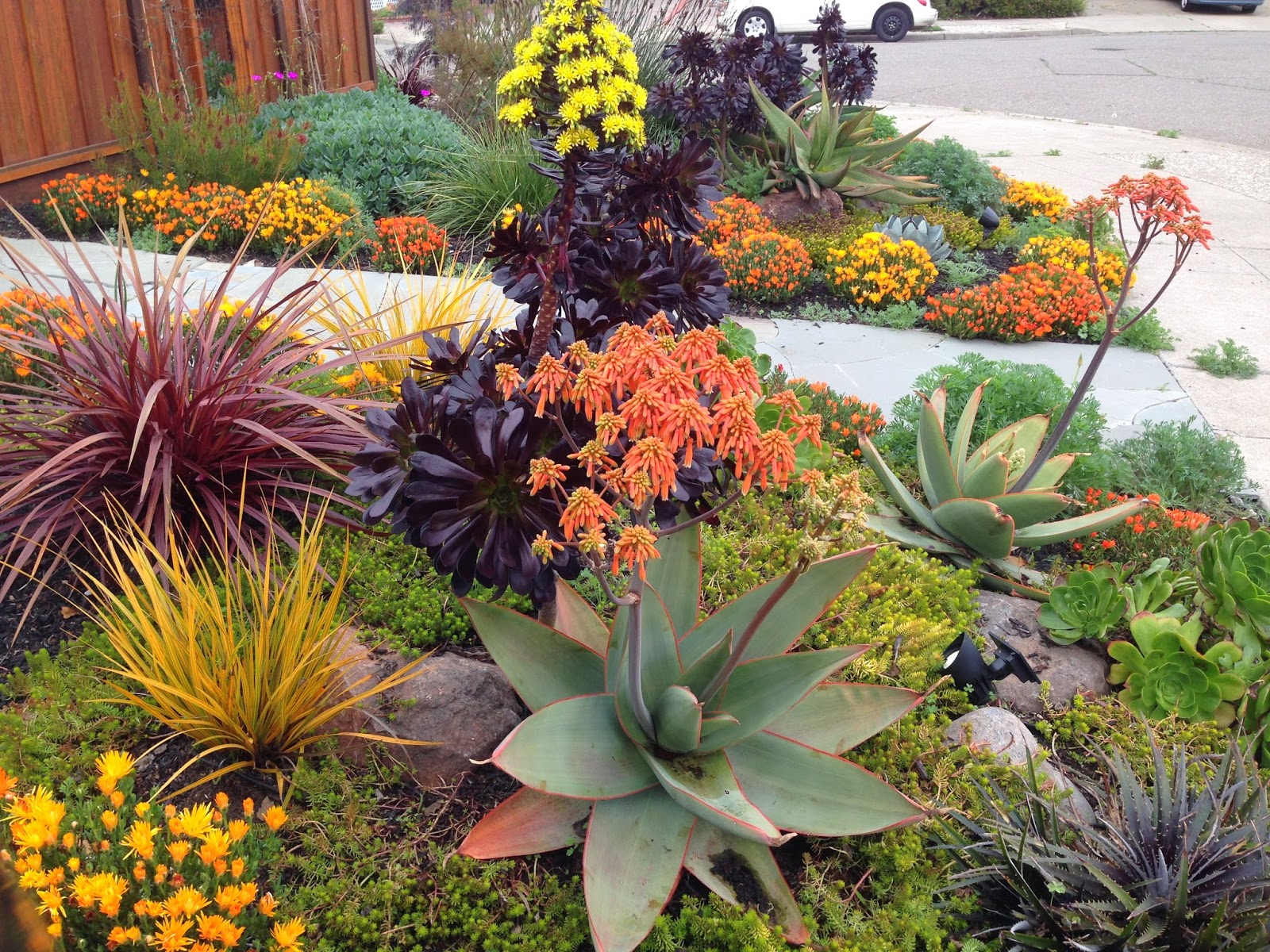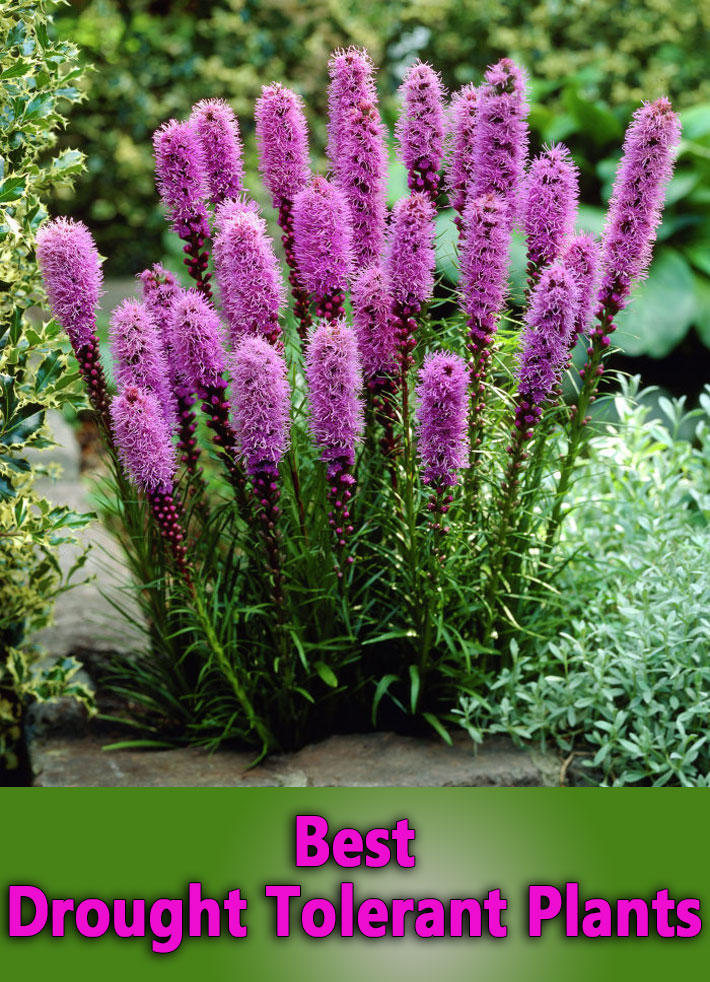“drought resistant plants
- Okay, Here Is An Extensive Article About Garden Plant Ideas, Aiming For Approximately 1600 Words.
- Indoor Plant Ideas
- Okay, Here Is An Extensive Article About Small Indoor Plants, Aiming For Approximately 1600 Words.
- Absolutely! Here’s A 1600-word Article On Modern Indoor Plants, Designed To Be Comprehensive And Engaging.
- How to Source Bulk Tropical Houseplants
Table of Content
- 1 Thriving in Scarcity: The Indispensable Role of Drought-Resistant Plants in a Water-Stressed World
- 1.1 I. Introduction: The Unfolding Water Crisis and Nature’s Resilience
- 1.2 II. Understanding the Drought Challenge: A Global Perspective
- 1.3 III. The Ingenious Adaptations: How Plants Survive Scarcity
- 1.3.1 A. Water Conservation Strategies: Minimizing Loss
- 1.3.2 B. Water Acquisition Strategies: Maximizing Intake
- 1.3.3 C. Drought Escape (Ephemerals): Life on the Fast Lane
- 1.3.4 D. Drought Tolerance (Cellular/Biochemical): Internal Resilience
- 1.4 IV. A World of Resilience: Categories and Examples of Drought-Resistant Plants
- 1.4.5 A. Succulents
- 1.4.6 B. Mediterranean and Chaparral Plants

Thriving in Scarcity: The Indispensable Role of Drought-Resistant Plants in a Water-Stressed World
I. Introduction: The Unfolding Water Crisis and Nature’s Resilience
In an era increasingly defined by climate change and escalating environmental challenges, water scarcity has emerged as one of the most pressing global concerns. Regions across the world are experiencing more frequent and intense droughts, threatening food security, ecosystem stability, and human well-being. As traditional water sources dwindle and demand continues to rise, there is an urgent need to rethink our relationship with water, especially in the context of agriculture and landscaping.
Enter the unsung heroes of a parched planet: drought-resistant plants. These remarkable organisms, through millennia of evolution, have developed an astonishing array of adaptations that allow them to not only survive but thrive in conditions where water is a precious commodity. From the arid deserts to the Mediterranean coasts, these plants offer a beacon of hope, providing sustainable solutions for water-wise gardening, resilient agriculture, and ecological restoration. This article delves into the fascinating world of drought-resistant plants, exploring their ingenious survival mechanisms, diverse categories, multifaceted benefits, and practical applications in shaping a more sustainable future.
II. Understanding the Drought Challenge: A Global Perspective
Drought, fundamentally, is a prolonged period of abnormally low rainfall, leading to a shortage of water. While a natural phenomenon, its frequency and severity are being exacerbated by anthropogenic climate change. Rising global temperatures increase evaporation rates, altering precipitation patterns and intensifying dry spells. This has profound implications:
- Agricultural Impact: Crop failures, reduced yields, and increased irrigation costs threaten global food supplies and farmer livelihoods.
- Ecological Degradation: Loss of biodiversity, increased risk of wildfires, desertification, and stress on natural ecosystems.
- Socio-economic Consequences: Water rationing, conflicts over dwindling resources, displacement of communities, and economic losses.

In the face of this escalating crisis, relying solely on conventional water-intensive practices is unsustainable. The imperative to adopt water-efficient strategies, with drought-resistant plants at their core, has never been clearer.
III. The Ingenious Adaptations: How Plants Survive Scarcity
The ability of plants to withstand prolonged periods without water is a testament to nature’s incredible adaptability. Drought-resistant plants employ a combination of sophisticated physiological, morphological, and behavioral strategies to conserve water, acquire it efficiently, or simply endure its absence. These adaptations can be broadly categorized:
A. Water Conservation Strategies: Minimizing Loss

-
Succulence (Water Storage): Perhaps the most visually striking adaptation, succulent plants have specialized tissues (stems, leaves, or roots) for storing large quantities of water. Their fleshy leaves or swollen stems act as natural reservoirs, allowing them to draw upon internal reserves during dry spells.
- Examples: Cacti, Agaves, Sedums, Aloes.

-
Waxy Cuticles and Hairy Leaves: Many drought-resistant plants possess a thick, waxy layer (cuticle) on their leaves and stems, which acts as a barrier, significantly reducing water loss through evaporation (transpiration). Some also have dense coverings of fine hairs (trichomes) that trap a layer of humid air close to the leaf surface, further reducing water vapor diffusion and reflecting sunlight to lower leaf temperature.
- Examples: Lavender, Lamb’s Ear (Stachys byzantina), many Protea species.
-
Stomatal Control and CAM Photosynthesis: Stomata are tiny pores on leaves that regulate gas exchange and water vapor release. Drought-resistant plants often have fewer stomata, or they can quickly close them during the hottest parts of the day to minimize water loss. A more advanced adaptation is Crassulacean Acid Metabolism (CAM) photosynthesis, where plants open their stomata only at night to absorb CO2 (when temperatures are cooler and humidity is higher), storing it as organic acids, and then performing photosynthesis during the day with closed stomata.
- Examples: Cacti, many succulents, some orchids.
-
Reduced or Modified Leaves: Smaller leaves, needle-like leaves, or even the absence of leaves (with photosynthesis occurring in the stem) reduce the surface area exposed to the sun and wind, thereby minimizing transpiration. Some plants are deciduous during drought, shedding their leaves to conserve water, much like they do in winter.
- Examples: Pine trees (needles), many Acacia species (phyllodes), Palo Verde (green stems, tiny leaves).
-
Light Coloration and Vertical Orientation: Light-colored or silvery foliage reflects more sunlight, keeping the plant cooler and reducing water demand. Leaves that orient themselves vertically during the hottest part of the day also minimize direct sun exposure.
- Examples: Artemisia, many types of Salvia, Eucalyptus.
B. Water Acquisition Strategies: Maximizing Intake
-
Deep Taproots: Some plants develop extensive, deep taproots that can reach subterranean water tables far below the surface, accessing moisture unavailable to shallow-rooted plants.
- Examples: Mesquite trees, some Oaks, Alfalfa.
-
Extensive Shallow Root Systems: Conversely, other plants develop wide-spreading, fibrous root systems close to the soil surface. These roots are highly efficient at capturing even small amounts of rainfall or dew before it evaporates or percolates deeper.
- Examples: Many ornamental grasses, Ice Plant (Delosperma).
C. Drought Escape (Ephemerals): Life on the Fast Lane
These plants are not truly drought-resistant in the sense of enduring dry spells, but rather "drought-escaping." They have extremely short life cycles, germinating, growing, flowering, and setting seed rapidly during brief periods of moisture, then dying back and surviving as seeds until the next rainfall.
- Examples: Many desert wildflowers like California Poppies, certain annual grasses.
D. Drought Tolerance (Cellular/Biochemical): Internal Resilience
At a cellular level, some plants exhibit remarkable tolerance to dehydration. They can maintain essential cellular functions even when their tissues lose a significant amount of water. This involves:
- Osmotic Adjustment: Accumulating solutes in their cells to lower water potential, allowing them to absorb water from drier soil or retain it within their cells.
- Production of Stress Proteins: Synthesizing specific proteins that protect cellular components from damage caused by dehydration.
- Protoplasmic Tolerance: The ability of cell membranes and proteins to withstand extreme desiccation without irreversible damage.
- Examples: Resurrection Plant (Selaginella lepidophylla), some lichens and mosses.
IV. A World of Resilience: Categories and Examples of Drought-Resistant Plants
The diversity of drought-resistant plants is immense, offering a rich palette for various landscapes and purposes. Here are some key categories and examples:
A. Succulents
Beyond cacti, this group includes a vast array of plants with fleshy leaves or stems. They are excellent for rock gardens, containers, and xeriscapes.
- Cacti (Cactaceae): Iconic desert plants, known for their spines and ability to store water in stems. (e.g., Saguaro, Prickly Pear, Barrel Cactus).
- Agaves (Agave spp.): Rosette-forming plants with thick, often spiky leaves. (e.g., Agave americana, Agave attenuata).
- Sedums & Stonecrops (Sedum spp.): Low-growing groundcovers to upright perennials, many with succulent leaves. (e.g., Sedum ‘Autumn Joy’, Sedum rupestre ‘Angelina’).
- Aloes (Aloe spp.): Similar to agaves, often with medicinal properties. (e.g., Aloe vera).
- Echeverias (Echeveria spp.): Beautiful rosette succulents, popular in containers.
B. Mediterranean and Chaparral Plants
These plants originate from regions with hot, dry summers and mild, wet winters, making them naturally adapted to drought.
- Lavender (Lavandula spp.): Aromatic shrubs with beautiful purple flowers, highly drought-tolerant once established.
- Rosemary (Salvia rosmarinus): Fragrant evergreen shrub, excellent for culinary and ornamental
/yarrow-6c631ada-616dc04c9a6d482ca8f36931f86c45aa.jpg)
